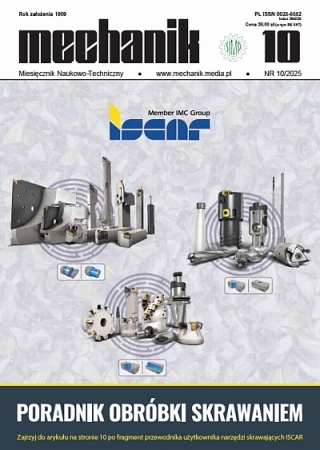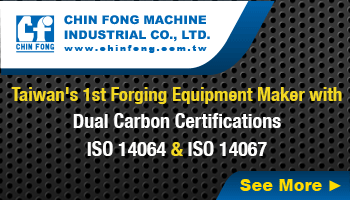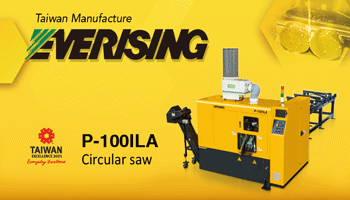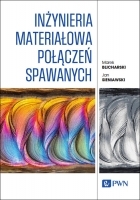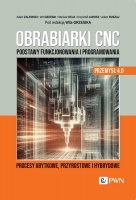Warstwa wierzchnia elementów wycinanych wysokociśnieniowym strumieniem wodnościernym
The surface layer of elements cutting high-pressure abrasive water jet
Mechanik nr 08/09/2015 - Wersje autorskie artykułów z XXXVIII Naukowej Szkoły Obróbki Ściernej zamieszczone na płycie CD
STRESZCZENIE: W referacie zaprezentowano wyniki badań wybranych cech stereometrycznych i fizycznych warstwy wierzchniej elementów po wycinaniu wysokociśnieniowym strumieniem wodnościernym i laserowo na materiałach wykonanych ze stali konstrukcyjnej. Badania prowadzono w odniesieniu do fizycznych cech warstwy wierzchniej, mikrotwardości oraz gradientu umocnienia. W przeprowadzonych badaniach cech stereometrycznych WW uzyskano dane dotyczące cech wertykalnych i horyzontalnych parametrów profilu chropowatości łącznie z krzywymi nośności powierzchni.
SŁOWA KLUCZOWE: cięcie wysokociśnieniowym strumieniem wodnościernym, warstwa wierzchnia, mikrotwardość, chropowatość
ABSTRACT: The paper presents the results of research of selected stereometrical and physical features of the surface layer elements made of steel after abrasive water jet cutting and laser cutting . The study was conducted in relation to the physical characteristics of the surface layer, microhardness and strengthening gradient. In this study stereometric features of the surface layer obtained data on the characteristics parameters of vertical and horizontal surface profile including carrying capacity curves surfaces.
KEYWORDS: abrasive water jet cutting, the surface layer, microhardness, surface roughness
BIBLIOGRAFIA / BIBLIOGRAPHY:
- Akkurt A., Surface properties of the cut face obtained by different cutting methods from AISI 304 stainless steel materials, Indian Journal of Engineering & Materials Sciences, Vol. 16, Dec. 2009, pp. 373-384, 2009.
- Borkowski J., Sutowska M., The quality of surface cut after high-pressure abrasive-water cutting, Journal of Machine Engineering,Vol.7(3), pp.19-28, 2007.
- Chen F.L., Wang J., Lemma E., Siores E., Striation formation mechanisms on the jet cut- ting surface, Journal of Materials Processing Technology, 141, s. 213–218, 2003.
- Kulekci M.K., Processes and apparatus developments in industrial waterjet applications, Journal of Materials Tools & Manufacture, 42, s. 1297–1306, 2002.
- Miranda R.M., Quintino L., Microstructural study of material removal mechanisms observed in abrasive waterjet cutting of calcareous stones, Materials Characterization, Vol.54(4), pp.370-377, 2005.
- Radziszewska, A. Kusiński, J., Laser alloying of the plain carbon steel surface layer, Archives of Foundry Engineering, 2008, Vol. 8, iss. 2, 175-179.
- Vikram G., Ramesh Babu N., Modeling and analysis of abrasive water jet cut surface topog- raphy, International Journal of Machine Tools & Manufacture, no. 42, s. 1345–135, 2002.
- Wantuch E., Kot R., Problem dokładności odwzorowania toru krzywoliniowego przy obróbce wysokociśnieniowym strumieniem wodno-ściernym, in: XXVI Naukowa Szkoła Obróbki Ściernej, Łódź, s. 329–337, 2003.







